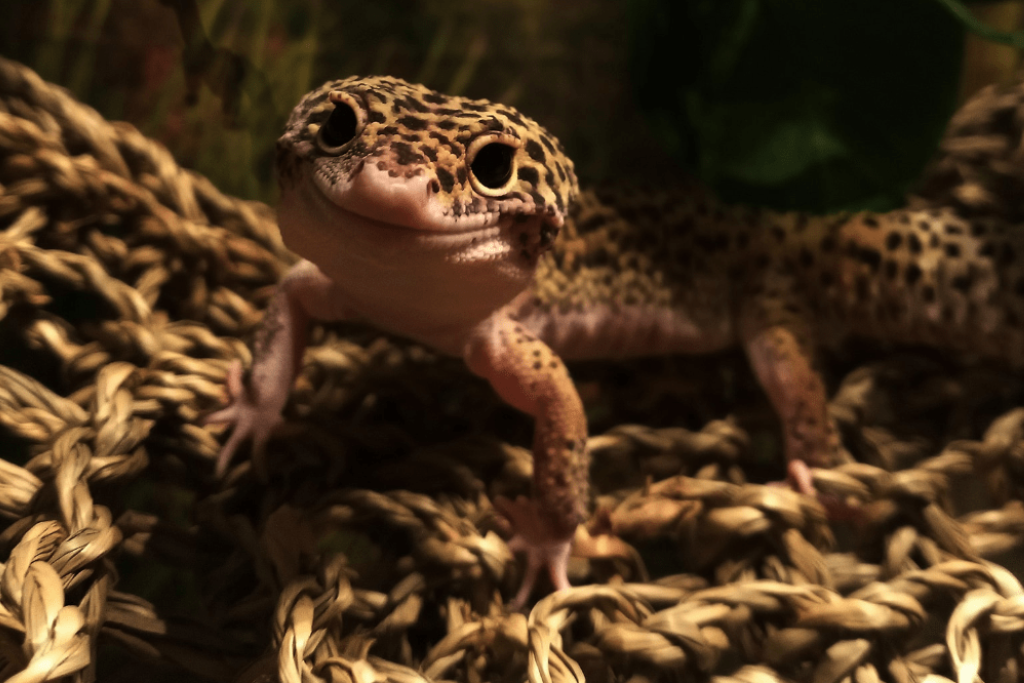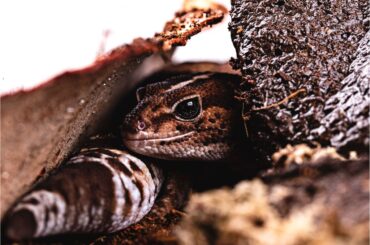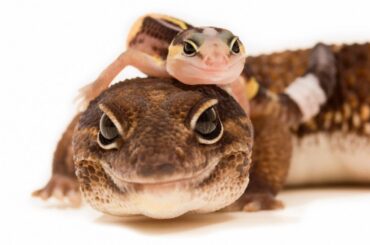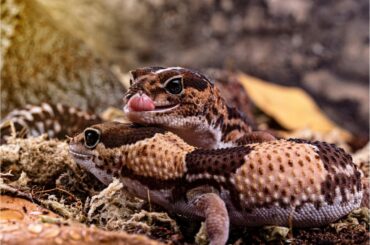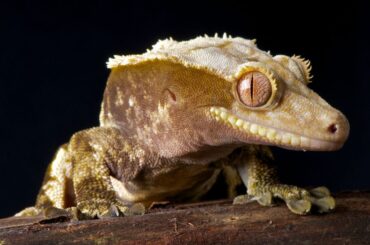Do you ever wonder what your leopard gecko does after dark? Do they prefer sunshine or display life at night?
Leopard geckos, scientifically known as Eublepharis macularius, are small reptiles that have gained popularity as pets due to their unique appearance and relatively low maintenance needs.
These geckos come from dry places, like Afghanistan, Pakistan, and India. They have cool spots on their bodies and are good at living as pets.
This article looks into when leopard geckos sleep. We want to find out if they sleep at night or in the evening, based on where they live and what scientists have discovered.
Let’s explore leopard geckos’ mysterious sleep patterns!
Understanding Nocturnal and Crepuscular Behavior
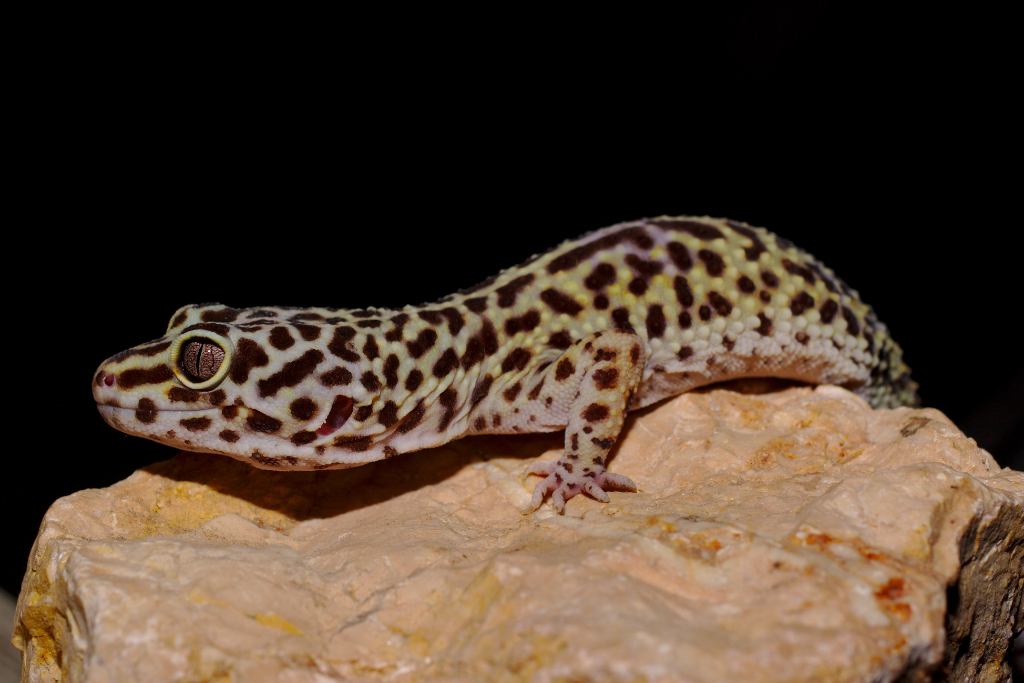
Before discussing leopard gecko activity, we need to define “nocturnal” and “crepuscular.” Nocturnal animals are active at night. They use hearing and night vision to hunt and travel in the dark. Crepuscular species are most active at dawn and dusk when the sun is below the horizon.
Global animal species exhibit nocturnal and crepuscular behavior. Owls and bats hunt at night, whereas rabbits and specific deer are crepuscular, feeding and exploring during sunrise and sunset.
Owls and raccoons thrive at night. They excel without daylight due to their enhanced senses. Crepuscular species, like birds and insects, take advantage of light-dark transitions. These activities match the natural day-night cycle, helping to avoid predators and maximize resources.
The Crepuscular Nature of Leopard Geckos
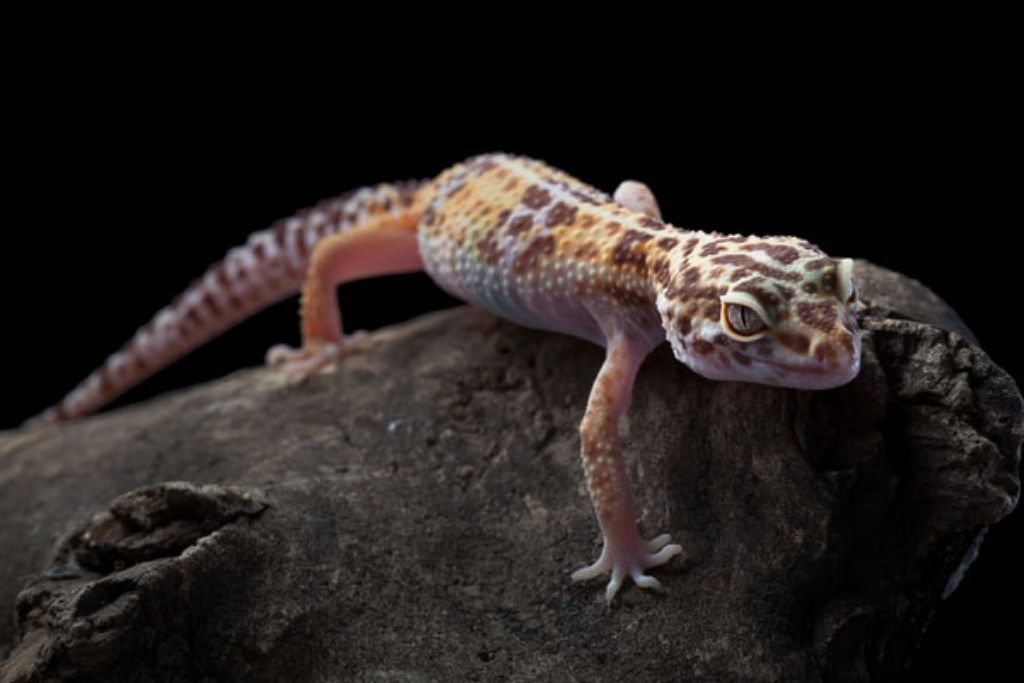
Crepuscular leopard geckos are most active around dawn and dusk. Leopard geckos thrive in transitional light, unlike nocturnal animals. This behavior may be due to their high day and night temperatures in the wild. Leopard geckos regulate their body temperature and energy by being active when it’s not hot or cold.
Leopard geckos benefit from crepuscularity. First, they can avoid midday and evening heat. They stay comfortable and preserve energy in the cooler mornings and evenings. Second, crepuscular activity fits hunting. Leopard geckos hunt insects, and many are active when. This improves their food search.
When are Leopard Geckos Most Active?
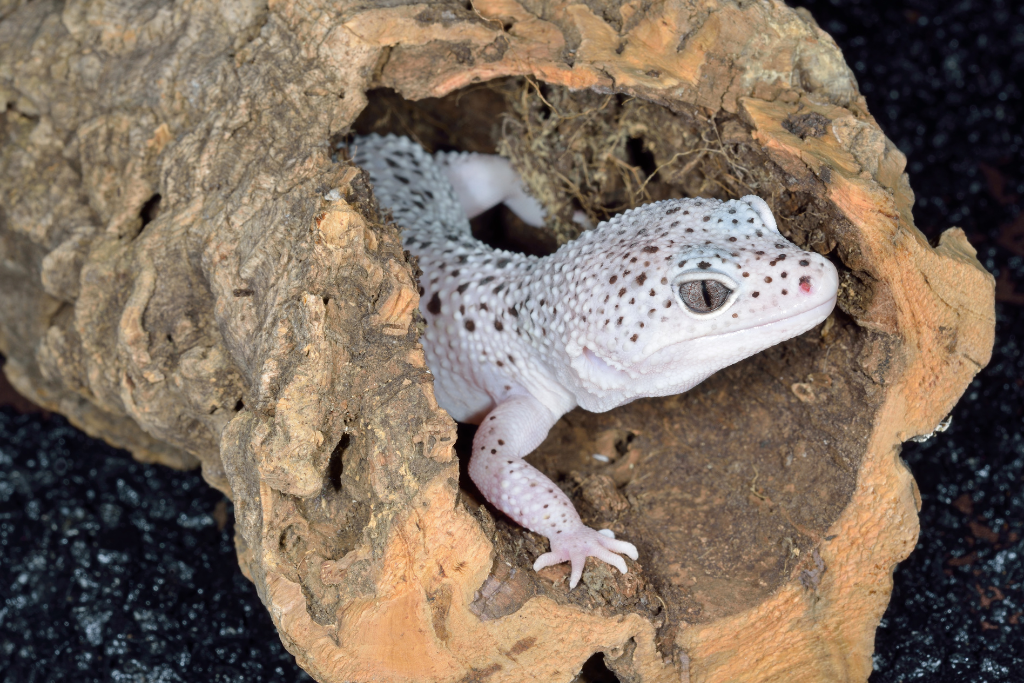
Understanding leopard geckos’ activity patterns reveals their behavior and adaptability. Their activity patterns depend on temperature, hunting possibilities, predator avoidance, reproduction, communication, and energy conservation.
Factors Influencing Leopard Gecko Activity Patterns:
- Temperature: These geckos are most active when the temperature is neither too hot nor too cold. They prefer the milder conditions of dawn and dusk to regulate their body temperature efficiently.
- Hunting Opportunities: Leopard geckos are skilled insect hunters. They are most active when their prey, such as crickets and other insects, are also active. This usually occurs during the twilight hours when insects are abundant.
- Predator Avoidance: By being active when light levels change, leopard geckos can avoid some predators that might be more active during the day or night. This helps them stay safer while foraging for food.
- Reproduction and Communication: Breeding and communication among leopard geckos often take place during their active hours. They engage in courtship behaviors and establish territories during dawn and dusk.
- Energy Conservation: Being active during crepuscular times allows leopard geckos to conserve energy. They can avoid the high energy expenditure required for temperature regulation during the day and conserve resources during the night.
Sleep Behavior in the Wild
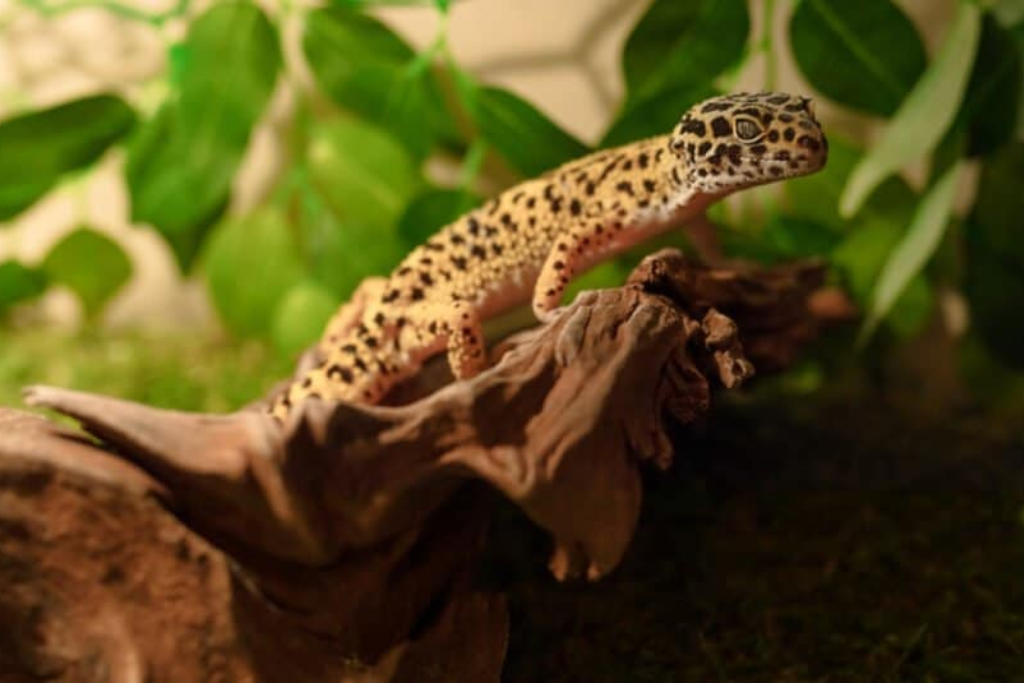
Leopard geckos in South Asia have crepuscular sleep habits. They hide in rock crevices and caves to avoid sunshine and predators during the day. These hiding places protect them from extreme temperatures and daylight-active animals.
Their sleep is pretty long. Leopard geckos average 12 to 13 hours of sleep every day. Their sleep is restful inactivity, frequently during the day when temperatures are high and predators are more likely. This prolonged slumber conserves energy, essential for survival in resource-poor contexts.
Interestingly, leopard geckos are more active at night. As the sun sets and the temperature drops, they leave their hiding places to hunt insects and play.
Nocturnal behavior matches their crepuscular proclivities, allowing them to take advantage of twilight situations. Geckos’ natural sleep and activity habits indicate how they’ve adapted to their ecological settings.
Sleep Behavior in Domestic Environments
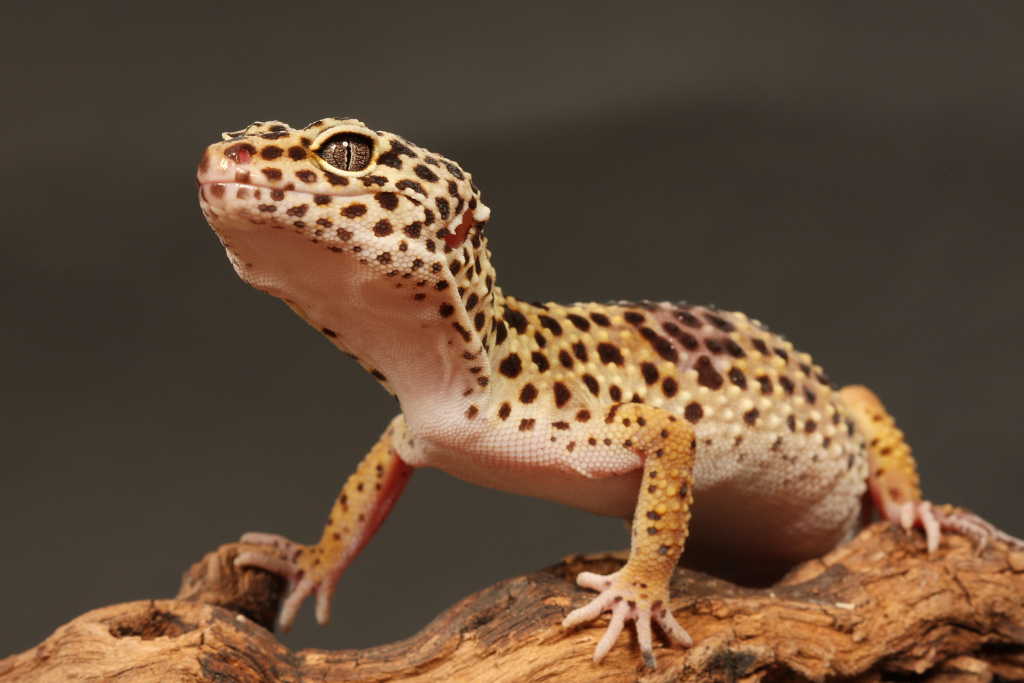
Leopard geckos, when kept as pets, adapt their sleep patterns to their captive environments. In captivity, they tend to adjust to the daily routines of their owners. While they retain their crepuscular nature, their activity may shift slightly based on the household’s lighting and activity levels.
For pet leopard geckos, it’s common to find them resting in hiding places within their enclosures during the day. These hiding spots replicate the sheltered environments they seek in the wild, providing comfort and security.
This behavior is a natural adaptation that helps them manage their energy levels and remain hidden from potential disturbances.
Leopard geckos are napping throughout the day as usual. Crepuscular species sleep differently from humans, yet they follow their body clock. They slumber a lot during the day to conserve energy, just like in the wild.
Conclusion
Leopard geckos need to sleep at night to stay healthy. Being most busy at dawn and dusk helps them keep their body temperature under control by keeping them from getting too hot. As responsible pet owners or fans of these cool animals, the fact that they come out at night makes us more aware of their unique qualities and fantastic ways to adapt to their environment.
FAQs
Do You Turn Leopard Geckos’ Lights Off at Night?
Creating a natural day-night rhythm for your leopard geckos is a good idea. Turning off their lights at night lets them have a regular sleep cycle. Since they are most active during dawn and dusk, this helps them follow their natural behavior.
Do Leopard Geckos Need Sunlight?
While leopard geckos don’t need direct sunlight, they can benefit from UVB lighting. UVB helps them use calcium well and keep their bones healthy. Be sure to have UVB lighting in their enclosure.
What Hours Do Leopard Geckos Sleep?
Leopard geckos sleep during the day, especially in their hiding spots, to avoid extreme temperatures and potential predators. They’re most active during dawn and dusk.
Do Leopard Geckos Sleep at Night?
Yes. Sometimes but mostly, they sleep during the day to avoid the hot desert temperatures and come out at night to hunt for food and carry out their activities when it’s cooler and safer.
Why is My Leopard Gecko So Active at Night?
Leopard geckos are naturally nocturnal, so they are more active at night when they hunt for food and explore.

